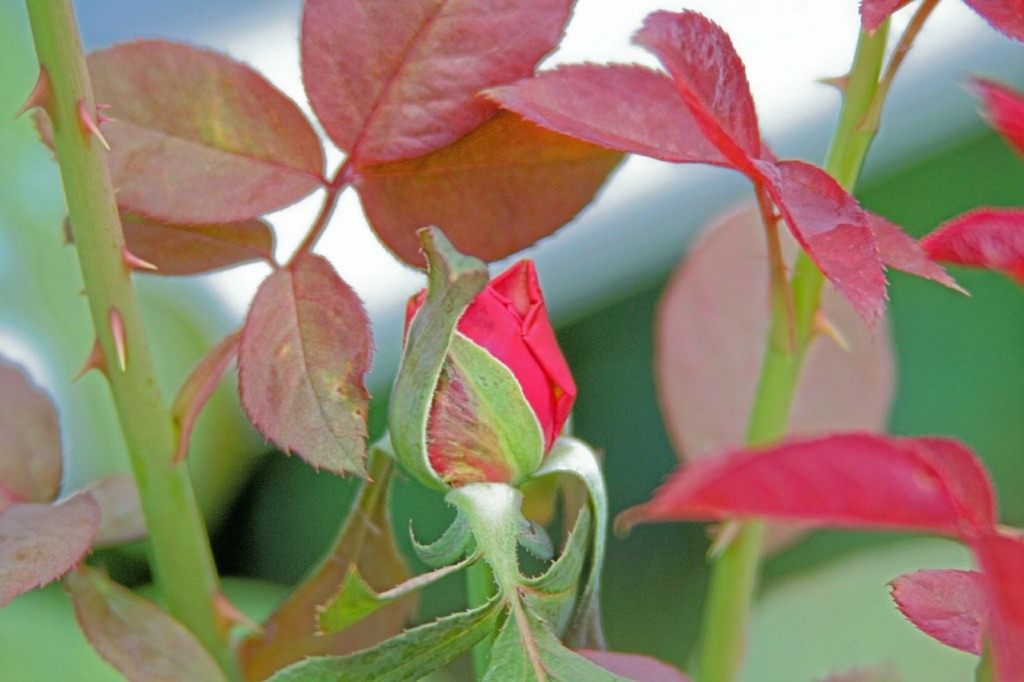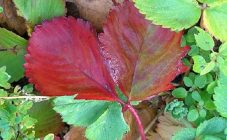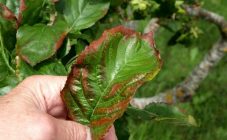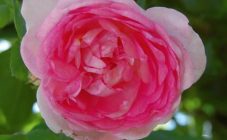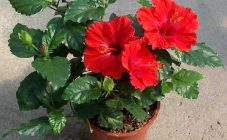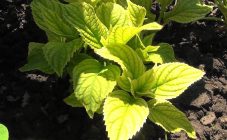Content:
Beautiful rose bushes in the country are the dream of many gardeners. But sometimes the plants get sick or look strange. And this must be fought. Red leaves can be a serious problem. The reasons can be quite harmless, but every gardener should be able to distinguish the characteristics of varieties from serious problems. Therefore, it is necessary to know what the disease looks like and how to deal with pathological changes.
General rules for caring for roses at home and in the open field
Why the leaves of a rose turn red - sooner or later any gardener who does not provide proper care for roses asks himself this question. Therefore, before figuring out where the redness appears on the leaves, you need to refresh your head on the basic rules for caring for this whimsical plant.
It doesn't matter whether the gardener grows home or garden roses, they are equally whimsical and sensitive to any change in external conditions. So, the basic rules for caring for roses:
- Correct soil. Flowers do not like black soil, for roses the best option would be loam - soil, with an admixture of clay. It is desirable that there is a drainage system in the soil, this will help to properly distribute moisture.
- The right place to plant. It is very important for them to receive a lot of sunlight and heat. The best option is 6-8 hours a day.
- Top dressing. Why feed roses? The correct sequence of soil fertilization is the key to success in growing. In the spring, roses need some fertilizers, in the fall, others. A proper feeding process can help form good shoots, strong stems and beautiful blooms. And also to avoid the need to treat the plant for various diseases and pests.
- Watering. They love when their soil is moist and loose, but don't overdo it. Usually watering is done twice a week by the root method. Household roses can be sprayed with leaves, but garden roses cannot - you can provoke disease and rotting of leaves.
- Pruning. Correctly cut roses automatically have greater resistance to disease - after all, all the vitamins and minerals obtained from the soil are only for their benefit, and not for supporting weak leaves and shoots. Roses are usually pruned in the spring. But during the season, you need to monitor the plant and cut off weak shoots.
Possible causes and solutions to the problem
One of the common problems among gardeners is that the leaves of roses begin to turn red, sometimes they, in addition to acquiring a burgundy shade, also curl. Why do the leaves of roses in the garden turn red? There can be many reasons, ranging from completely harmless, ending with serious diseases. The red leaves of the rose are the reason:
- In spring, redness can be noticed on young leaves and shoots. Most often it is associated with a variety of roses - roses, the buds of which are red, usually produce a lot of red pigment and sometimes it gets into the leaves.
- Also, do not worry if the plant has transferred a transplant from a shady place to a sunny area. From unusual lighting, the leaves begin to produce a coloring pigment.
- Lack of minerals can also cause the leaves to turn red.Lack of nitrogen appears as red spots on old leaves, while new leaves are pale green: you need to double the amount of nitrogen-containing fertilizers. If the plant does not have enough phosphorus, then the leaves begin to cast red or purple, a purple border often appears at the edges: it is necessary to root top dressing with superphosphate. When the plant lacks magnesium, the veins turn red, and the leaf itself remains intact: magnesium sulfate or wood ash is added to the soil before watering. If the leaves first turned yellow, and then turned red-violet and shriveled, then the plant lacks potassium: you need to feed the leaves with potassium magnesium or potassium sulfate.
These are perhaps the most harmless reasons why a rose has red leaves. But it happens that the leaves of a rose turn red, but it is difficult to understand that this is difficult, because the symptoms are not similar to those described above. The leaves of the rose turn red - what is it? Most likely, they have some kind of illness.
And we urgently need to do something:
- If in the spring red and dark brown spots are found on the leaves, then the rose has either an infectious burn or stem cancer. In places there may be sores, and some of the stems even turn black. To save the rose, it is urgent to cut off all the affected stems and process the sections with fungicite or copper sulfate solution.
- If yellow, black or red spots began to appear on the leaves, and in addition, on the back side of the leaf looks as if it was sprinkled with white powder, then this is downy mildew. This disease causes the leaves to curl and then fall off. To combat the fungus, medicinal preparations are used.
Prevention
When the causes of red leaves in a rose are identified, it is necessary to decide how to prevent the development of diseases.
- Much has been said about the importance of timely fertilization. Roses are very whimsical and must be fertilized according to the calendar. Different types of fertilizers are applied to the soil depending on the season. Firstly, it will prevent redness from lack of vitamins, and, secondly, it will make the plants more resistant to diseases.
- To protect a new plant from a powdery rose, it is advisable to dip a young bush before planting in a solution of copper sulfate with a concentration of 1%, and keep it for about 15 minutes. In addition, you can treat the bushes with a solution of soda and soap (40-50 grams of soap and soda per 10 liters of water).
- It is important to keep your instruments clean. If you have trimmed a diseased plant with some tools, then it is necessary to disinfect the tools before processing the next plant.
- In the fall, before wintering, the plants must be examined for the presence of foci of the disease. It is important to choose a clear, fine, dry day.
- Periodically, roses need to be treated with a solution of copper sulfate and Bordeaux liquid.
If you carefully look after the plants, they will live a long life and will be a real decoration of the summer cottage. And no diseases will be afraid of them.
